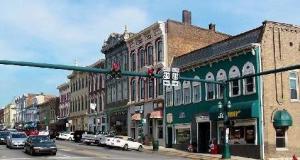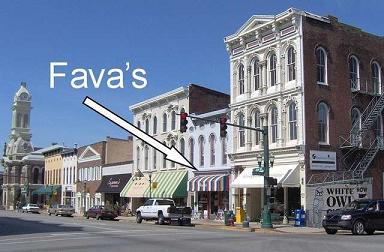I’m working on an essay about food. It’s an autobiography through food, actually, and it’s still most definitely a work-in-progress. I’ve been thinking about this project, especially how food is so central to our personal identities, ever since I went to see Please Don’t Call Me Homeless (I wrote about that production here and here).
I don’t typically like sharing works-in-progress, but I’ve got it on my mind at the moment, and I’d be happy to get some feedback.
Here’s an excerpt from one section of the essay, “You Are What You Eat”:
The most difficult thing about living on the streets, he said, was not what most people think. It’s not food and clothing that are the biggest problems. It’s things you might not expect: ice water, toilet paper, things you take for granted. Safety. He could stand in line somewhere and get a meal at almost any time, if you knew where to go, he said. A sack lunch. A juice box.
He was off the streets now, performing in a production of Please Don’t Call Me Homeless…I Don’t Call You Homed. He was playing his former self.
Just before intermission, the cast came down off the stage and helped a group of volunteers hand out sack lunches to the audience, to people who had never waited in line in a city park or a soup kitchen for a free meal. The crumpled brown paper bags were passed down the rows until everyone had gotten one. Everyone.
One was passed to me, and I peeked inside. Two squashed triangles of white bread stuck together with a slice of balogna. No cheese. Two vanilla sandwich cookies. A Capri Sun.
This isn’t a meal, I thought. I couldn’t help myself. This isn’t food.
Just that morning I’d sat in the warmth of my own home and had an e-mail conversation about organic, local milk, and whether it was worth the price to buy it. About the life span of cows at factory farms in America. About local food issues, farmers’ markets, and raising healthy children.
As a rule, I do not eat balogna or white bread.
I do not buy sandwich cookies.
But as they passed the sack lunches around, they began to sing. One a capella voice became a room-full.
And I sang, too.
Amazing grace
how sweet the sound
that saved a wretch like me.
I once was lost but now am found
was blind but now I see.

